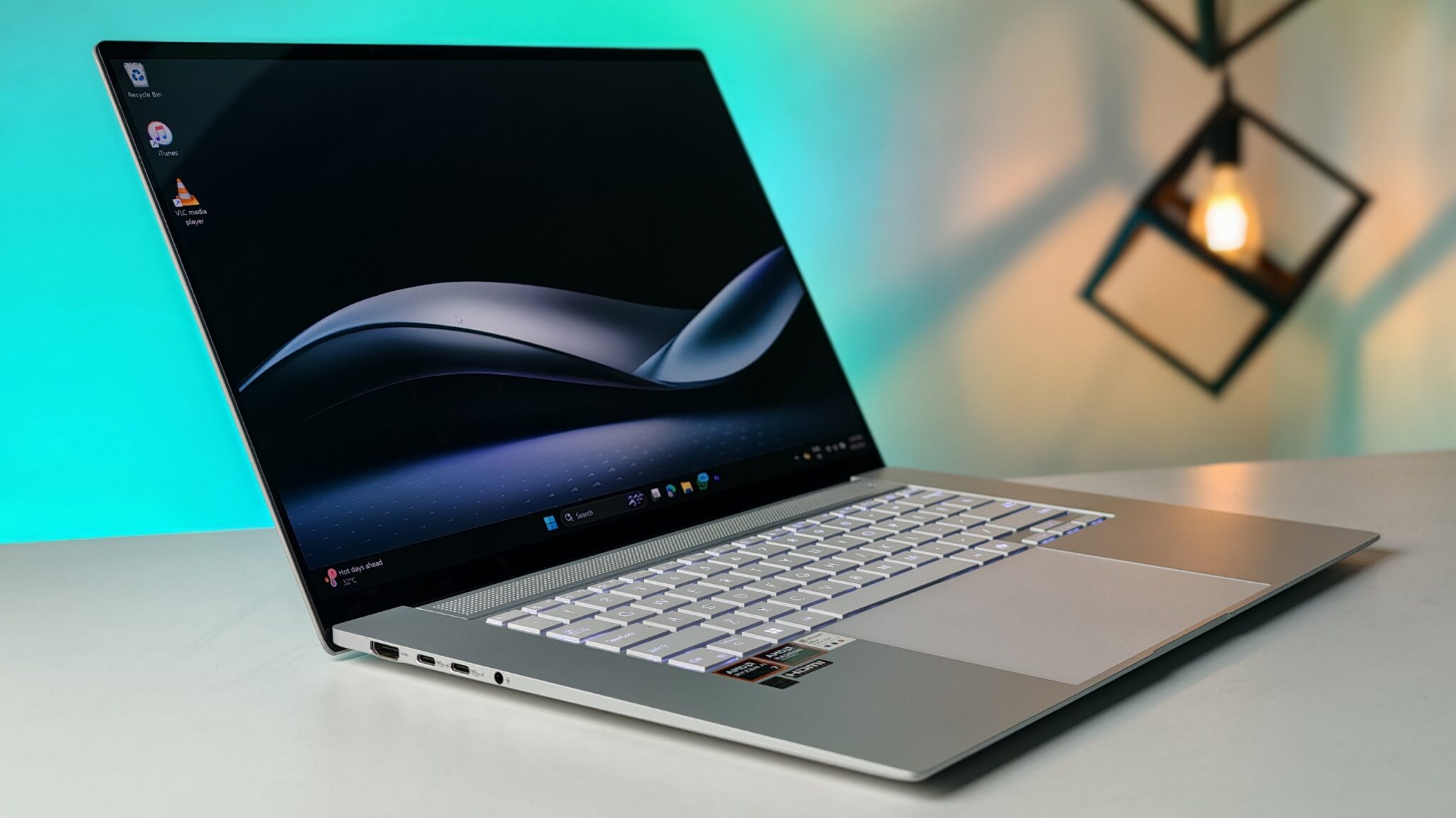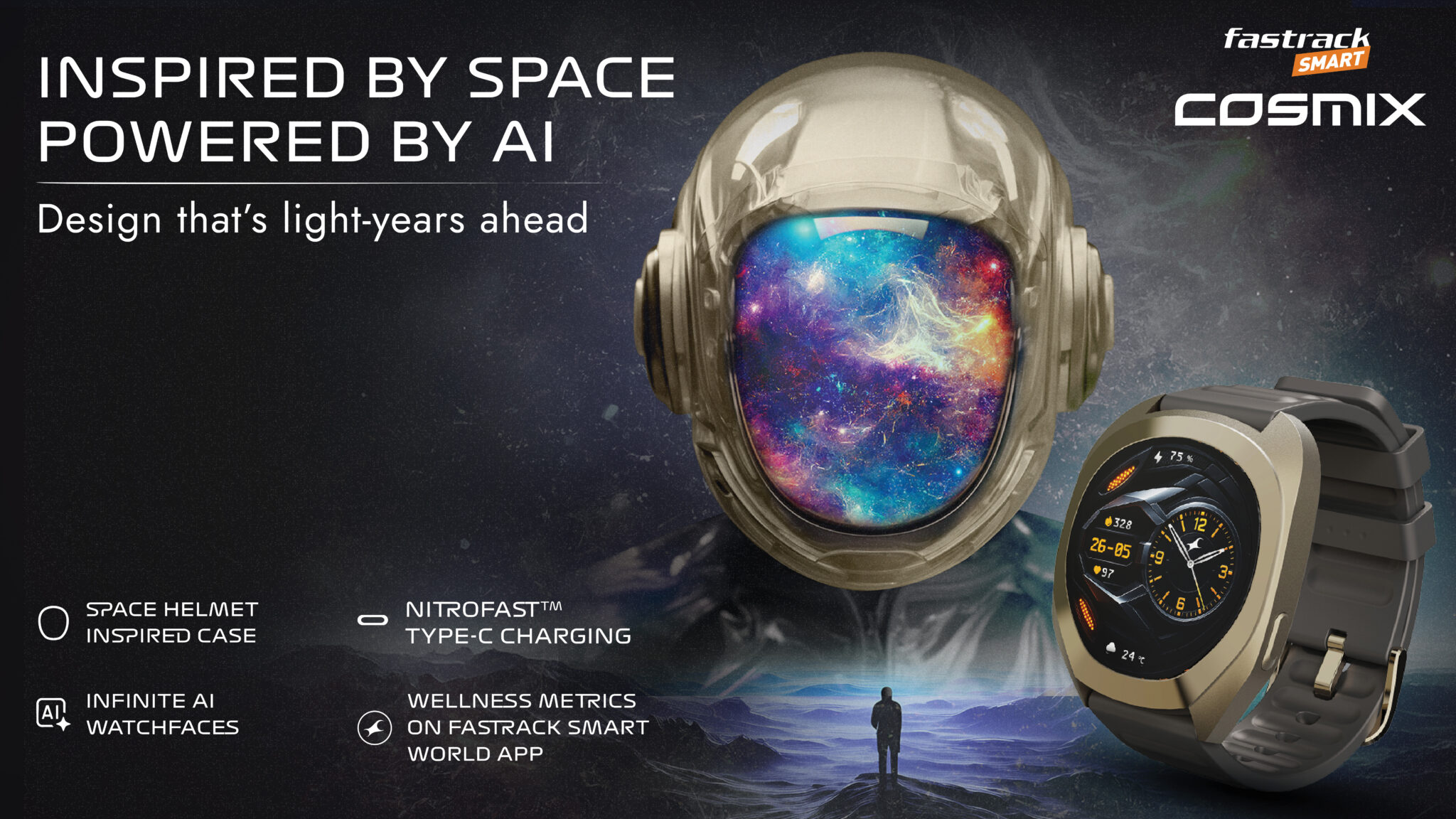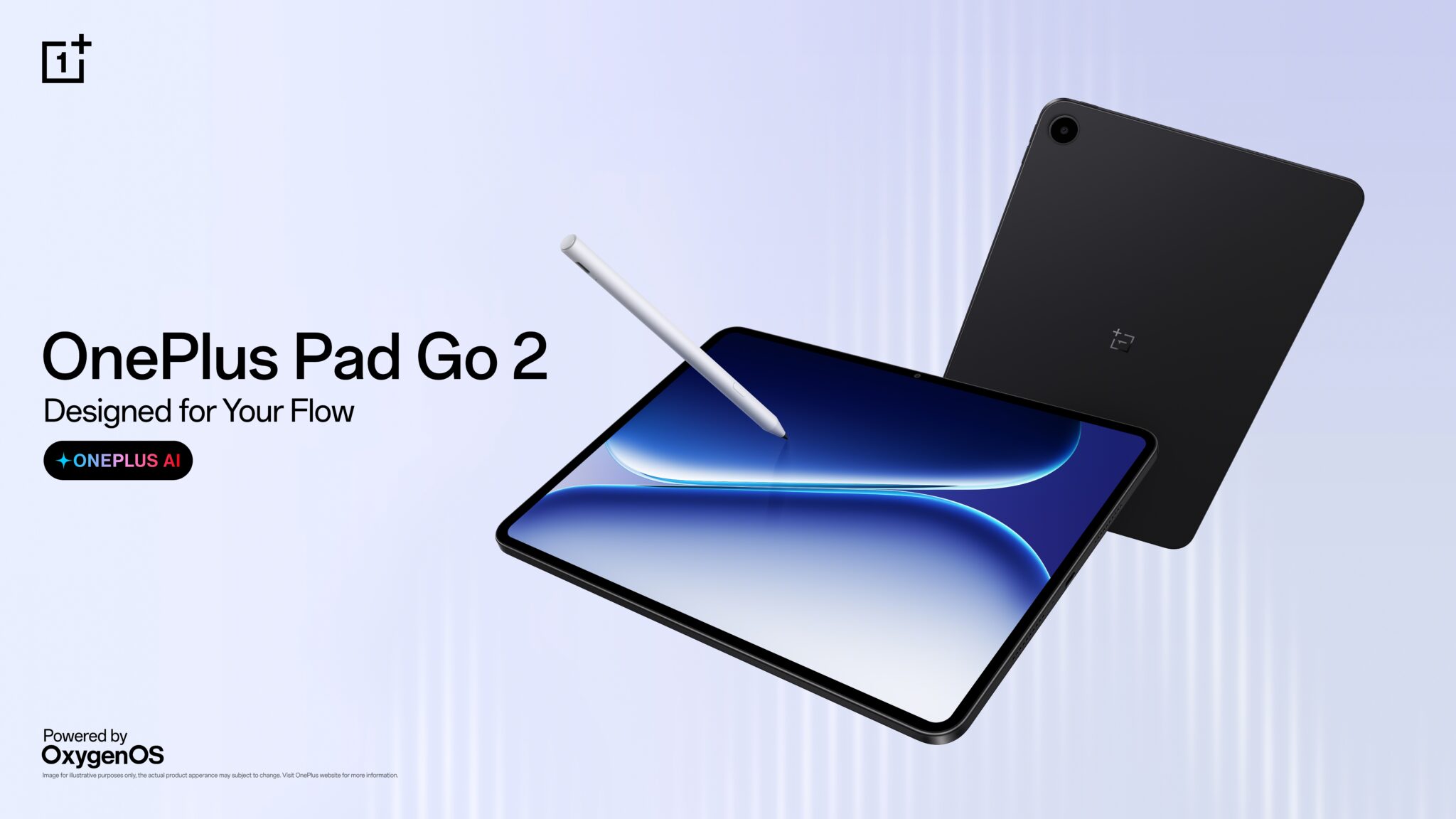ASUS has confirmed that its Ascent GX10 personal AI supercomputer will finally reach the Indian market starting December 2025. It feels like a significant step for anyone working with AI models who prefers keeping everything local rather than relying on cloud servers. The GX10 is a compact desktop system built for data scientists, AI researchers, and developers who need serious compute performance at their desk. Inside this small chassis sits the NVIDIA GB10 Grace Blackwell Superchip, which is really the core of why this machine can handle heavy AI workloads and complex model building in such a tight form factor.
Key Takeaways
- Core Hardware: Powered by the NVIDIA GB10 Grace Blackwell Superchip.
- Performance: Delivers 1 petaflop of AI performance (FP4).
- Memory: Features 128GB of LPDDR5x coherent unified system memory.
- Connectivity: Includes NVIDIA ConnectX-7 networking for clustering multiple units.
- Availability: Reaches Indian shelves in December 2025.
Desktop Supercomputing with Grace Blackwell
At the center of the Ascent GX10 is the NVIDIA GB10 Grace Blackwell Superchip. This module fuses a multi-core ARM-based CPU with a Blackwell architecture GPU, both sitting together on one package. ASUS uses NVIDIA NVLink-C2C to bridge the CPU and GPU, which I think is one of the more interesting parts of the design because this connection transfers data far faster than what you usually get from PCIe. It reduces a lot of the back and forth delays when both processors share workloads.
The GX10 includes 128GB of unified memory, and that alone changes the kind of work people can do on a compact desktop. Instead of splitting memory between system RAM and VRAM, the CPU and GPU pull from the same pool, making it possible to load large language models with up to 200 billion parameters directly into memory. In many everyday consumer setups, that type of capability is simply not feasible. For AI developers, this unified architecture probably removes several bottlenecks they have come to accept as normal.
Thermal Design and Connectivity
ASUS built the Ascent GX10 to sit comfortably on a standard desk. With dimensions of around 150mm x 150mm x 51mm, it resembles a mini-PC more than a typical workstation. Despite its size, ASUS says the system delivers about 1.6x more efficient thermal coverage than similar compact machines. I imagine this matters more than people might initially think because the compute density here is quite high. The cooling design helps the unit stay quiet and reliable during long-running AI tasks.
For anyone who outgrows a single unit, ASUS includes NVIDIA ConnectX-7 networking. This enables users to link two GX10 units together, effectively doubling their compute and memory resources. It is a practical approach for developers who want a scalable setup without jumping into full rack-level hardware. The high-speed throughput also ensures that both units stay in sync for larger model runs.
Software and Ecosystem
The GX10 arrives with the full NVIDIA AI software stack, so users do not have to spend time assembling drivers or environments. It includes everything required to run popular frameworks like PyTorch and TensorFlow. You also get access to NVIDIA NIM (NVIDIA Inference Microservices) and a collection of pre-trained models that can shave hours or even days off early development work. For many teams, the main appeal might be the ability to train and test models locally. It provides more privacy, more control, and often far lower latency for applications that need immediate responses.
Frequently Asked Questions
Q1: What is the price of the ASUS Ascent GX10 in India?
A1: ASUS has not yet officially confirmed the local Indian pricing. Given the enterprise-grade hardware, it will likely cost significantly more than a standard high-end gaming PC.
Q2: Who is the target user for this device?
A2: It is designed for AI researchers, data scientists, and developers who need to fine-tune large language models or run heavy inference tasks locally.
Q3: Can I play video games on the Ascent GX10?
A3: While the Blackwell GPU is powerful, the system uses an ARM-based architecture and is optimized for AI workloads rather than DirectX gaming. Standard Windows games may not run natively or efficiently.
Q4: What is the benefit of NVLink-C2C?
A4: NVLink-C2C connects the CPU and GPU with high bandwidth (up to 900 GB/s), allowing them to share data much faster than standard connections. This speeds up complex calculations.
Q5: Does it support storage expansion?
A5: The unit typically comes with high-speed NVMe storage (e.g., 2TB or 4TB). Due to the compact size, internal expansion options may be limited compared to a full tower tower.


















